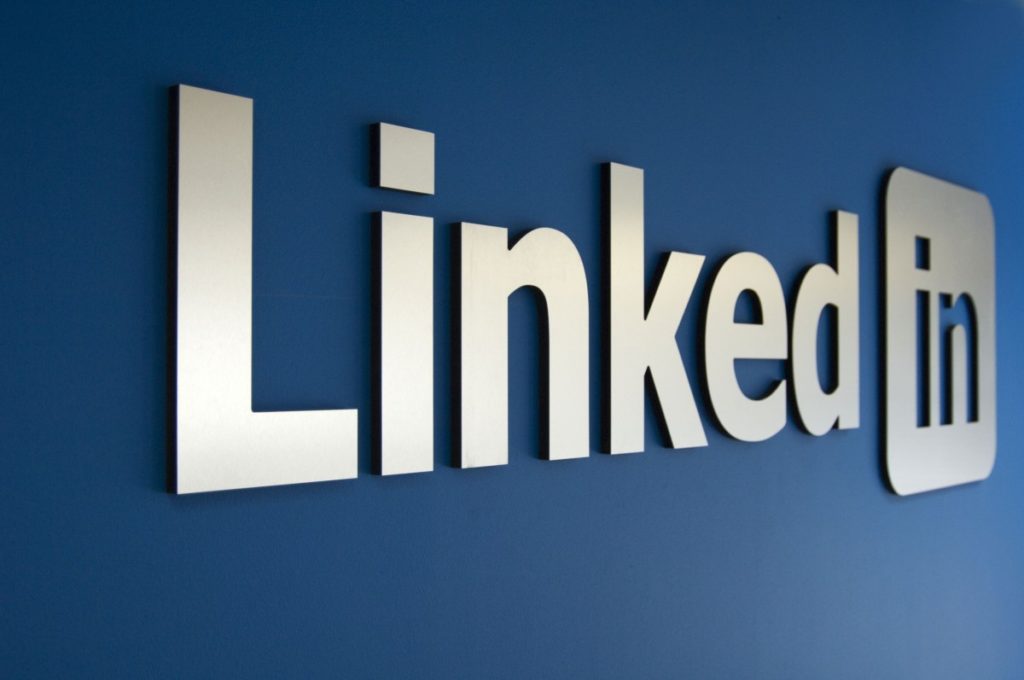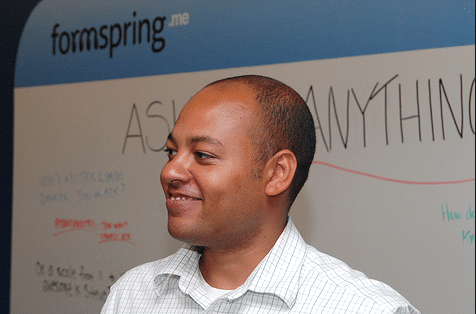The rules and etiquette behind using LinkedIn are relatively simple when compared to other social media sites that are plastered with unwritten, unspoken rules.
The one gray area that still confuses users on the professional networking site, however, lies in the decision to accept or reject invitations from people you don’t actually know.
The very principle of LinkedIn encourages users to grow their network on the site for the sake of possible opportunities and positive partnerships.
The idea of having a vast network of hundreds of professionals can be enticing and often drives people to accept invitations from almost anyone who comes across their page.
After all, there can’t be a real downside to expanding your connections, right?
Of course not. The problem is that you aren’t actually expanding your connections by blindly accepting invitations from strangers on LinkedIn.
That’s because many things tend to be true of those anonymous connections.
For one, you probably won’t ever interact with those people, which makes their presence in your list of digital connections relatively worthless and potentially dangerous.
“I soon discovered the downside to getting linked with people I didn’t know,” USA Today’s Steven Petrow writes. “… If I did connect with someone I didn’t know, I felt even more uncomfortable — you know that old saying about being judged by the company you keep? I realized I didn’t want to be professionally associated with people I don’t know (especially when I heard that one of my connections had been fired from her job for dealing drugs in the workplace!).”
That’s the reality of those seemingly harmless digital connections.
They are real enough that when one of your connections earns a troubling reputation, it could also cause other LinkedIn users to question your integrity as well.
Not to mention the fact that linking with people you don’t really know often just leads to a pointless virtual relationship that eventually gets lost in the sea of faces that are actually familiar to you.
It all points to the fact that there should be some sort of caution in selecting who you want to link with on the site, but that doesn’t mean you should deny every invitation that comes from a person you haven’t shaken hands with.
LinkedIn gives you access to people you may have never had the chance to meet otherwise.
If you are going to accept invitations from strangers, make sure those decisions are industry specific.
Is there something for you to gain from that connection and is there a reason you would want to reach out to them relatively soon?
These types of pairings could lead to potential clients or mutually beneficial professional relationships.
Perhaps the best tool to navigating the tricky waters of “accept or not to accept” is to invest in going premium on the site and first communicate with people via InMail.
It will allow you to actually have an interaction with that person before connecting with them, eliminating the problem of connecting with “strangers” all together.
Other than that, don’t let the desire to have a large number of connections fool you. That number may impress LinkedIn newbies, but the business veterans on the site won’t be moved by a staggering number of accepted invitations paired with a body of work that shows a stunning lack of real connections and face-to-face networking.


